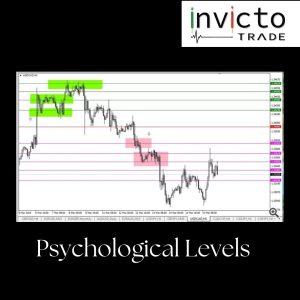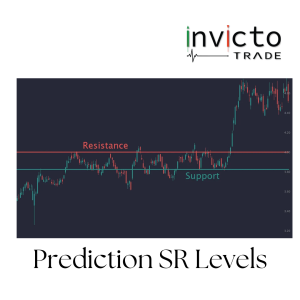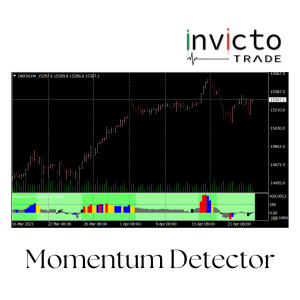Supply Demand Zone
500,00 د.إ
The concept of “Supply Demand Zones” in trading is a fundamental aspect of market analysis that revolves around identifying areas on a price chart where the price has historically made significant moves, either upwards or downwards. These zones are based on the observation that prices tend to find support or face resistance at these levels due to the underlying supply (sellers) and demand (buyers) dynamics.





Reviews
There are no reviews yet.